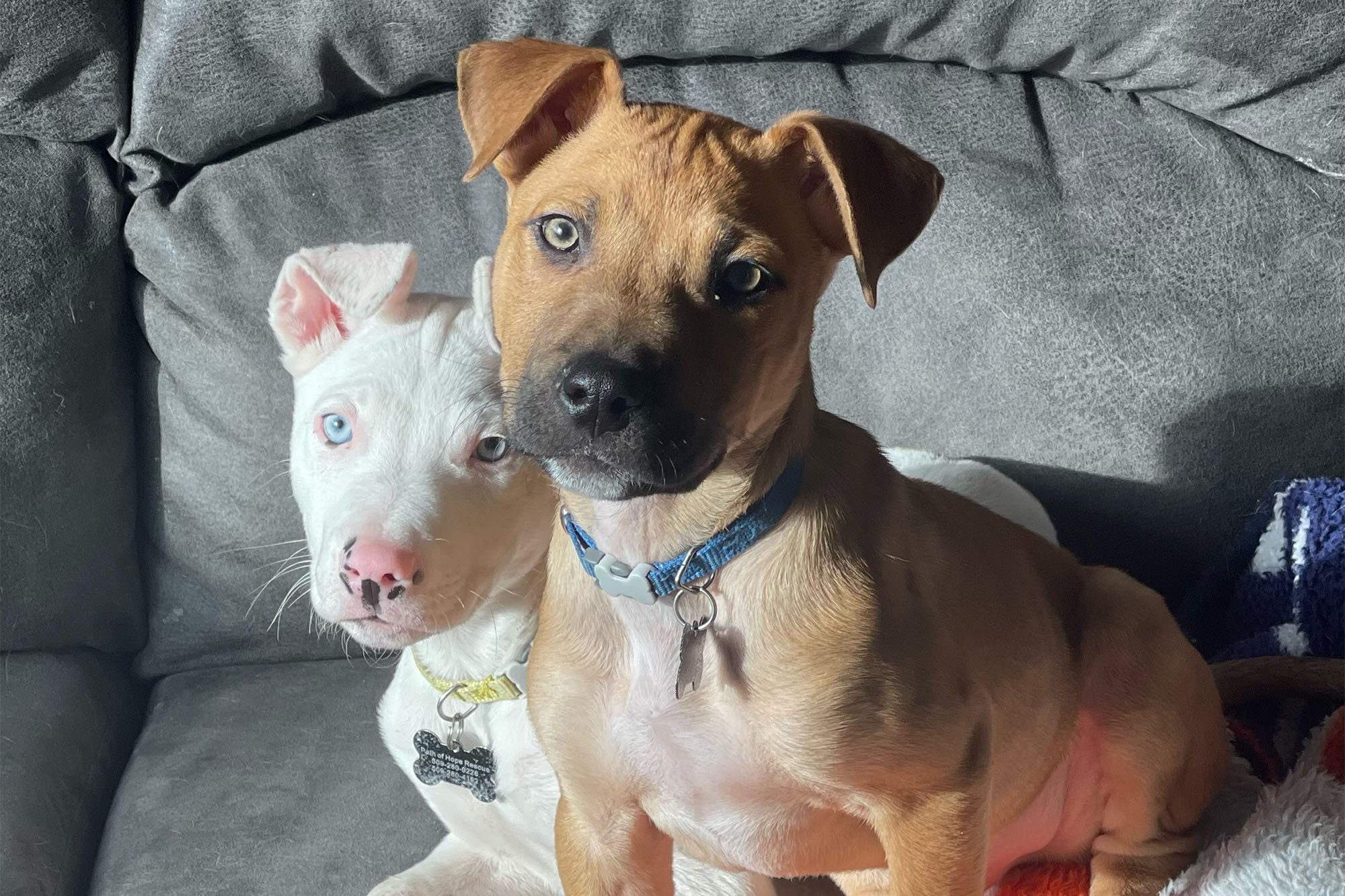Canine Parvovirus: What You Need to Know
With the recent Parvovirus outbreak in the city, this is the perfect opportunity to educate yourself on the virus as a new dog owner.
There are lots of myths and misinformation out there, so please take a few minutes to read this through.
Parvo is so scary, what should I do? (Path of Hope Facebook)
Parvo Positive
We know a positive Parvo diagnosis can be scary. We promise to be with you every step of the way.
Is my puppy going to die?
There is no way of knowing that. Parvo hits every puppy differently; for some, it’s a mild or moderate illness and for others, it can be fatal. But we can promise we are going to do everything in our power to give your puppy the best chance of survival.
How does Path of Hope Rescue treat Parvo?
Parvovirus, often referred to as parvo, is a virus and there is currently no cure. Supportive care is the only option to help a puppy beat parvo.
We start with at-home care following the Colorado State University (CSU) Outpatient Protocol. We administer anti-nausea (Cerenia), antibiotics for secondary infections (Convenia) and fluids. We monitor temperature, and provide heat support, and supplements to keep blood sugar and strength up (food slurry, Fortical, Rebound, and Paxxin).
If a puppy is not doing well with an Outpatient protocol, we will hospitalize at our vet as needed.
But how to protect your puppy from Parvovirus? (Path of Hope Facebook)
Where did my puppy get Parvo?
Parvovirus is everywhere: grass, dirt, sidewalks, and inside homes. One of the reasons the virus is so prevalent is that it can live for a long time outside of a host.
Every dog has or would be exposed to the virus multiple times in their life.
What does Path of Hope Rescue do to mitigate exposure?
We take Parvo prevention seriously. There are only two ways to mitigate Parvo risk: vaccination and reducing viral load in the environment.
Vaccination
If a mom comes to us pregnant, she is vaccinated so she has a higher chance of passing maternal antibodies to her puppies
Puppies are vaccinated starting at four weeks old and every two weeks until 16 weeks. This is the most stringent vaccination schedule possible.
Be sure to clean up the environment, for yourself and your puppy! (Path of Hope Facebook)
Reducing Viral Load
Puppies are not allowed outside until 8 weeks old.
Fosters are provided a penetrating disinfectant and instructions on how to regularly clean the environment.
Do I need to disinfect my home?
Care should be taken to clean your environment following a Parvo diagnosis. Parvo is only spread through feces and sometimes vomit, no special cleaning procedures need to be taken for urine.
Hard surfaces
All Stool and vomit should be picked up or cleaned away immediately.
Clean the area with soap and water.
Disinfected with a 1:30 bleach:water solution. Let it sit for 10 minutes, rinse and dry thoroughly.
Fabric and Washable items
Remove as much organic material as possible
Wash in hot water with bleach
Dry thoroughly with hot air
Only wash with other contaminated items.
Have you learned what you wanted to know about Parvovirus? (Path of Hope Facebook)
Carpet/Furniture
Remove as much organic material as possible
Wash in hot water with bleach if possible
Grass/dirt/outside
All Stool and vomit should be picked up or cleaned away immediately
Water thoroughly with a hose to dilute the virus and wash it away
Disinfectants like bleach will not work on porous or organic surfaces
How long should I consider my home to be contaminated?
Parvo can live outside a host longer than most viruses; however, it will not live forever.
Indoors: the virus can live up to a month at 70 degrees.
Sunny outdoor areas: the virus can live up to a month.
Shady outdoor areas: the virus can live up to 7 months, but colder temperatures can extend that window.
Meet Cooper! One of our rescue dogs at Path of Hope, and he’s happy to see you! (Path of Hope Facebook)
Is Parvo contagious to me or my other animals?
Parvo is a dog-specific virus, so it is not contagious to humans, cats or any other animals.
Parvo is contagious to other dogs but is not life-threatening to any adult, vaccinated dogs. Young puppies, under four months or non-vaccinated dogs should be kept out of the contaminated environment according to the timelines in the previous question.
Will my dog have any long-term effects from Parvo?
Once your dog has beaten Parvo, there are no long-term health effects at all. In fact, your dog now has a lifelong immunity to the virus!
When can I resume vaccination?
You can resume a normal vaccination schedule two weeks after symptoms have stopped.
Caitlin Knight. Founder of PHR.
Path of Hope Rescue is a foster-based rescue located in Spokane Washington. We have a dedicated page called Available Dogs for all of our foster dogs & puppies who are still waiting for their forever homes and loving humans. Some of them have been with us for a while but many of them are still young puppies.
Many stray dogs are living on the streets of Texas, and we need your support to save them. Why don’t you head to our Why Texas page to learn about our mission? If you wish to support us directly, our Donation page is Right HERE.

















